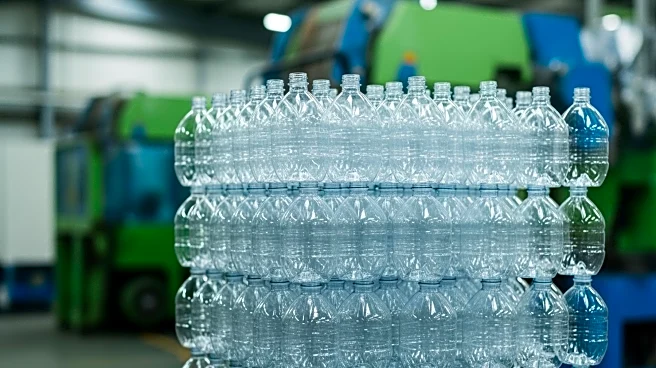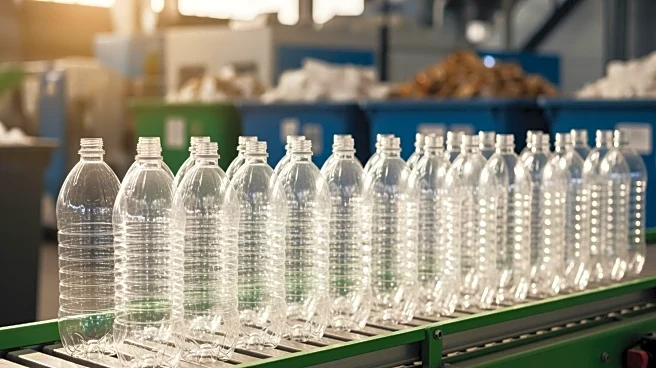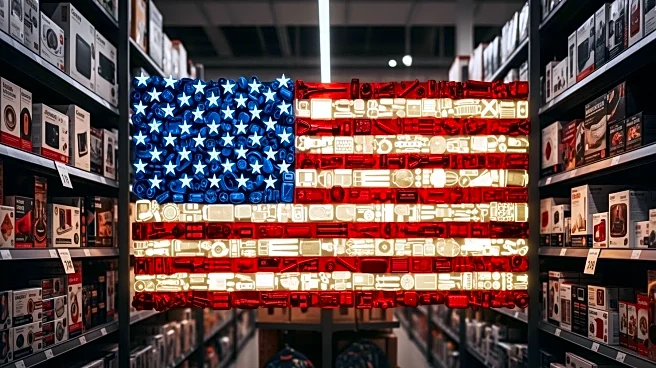What's Happening?
The U.S. recycled plastic market is experiencing a stabilization in pricing after a period of decline. According to recent data, the average price for post-consumer recycled PET flake dropped by 7% month-on-month
and 3% year-on-year. Similarly, the price for food-grade RPET pellets decreased by 5% month-on-month and 12% year-on-year. Despite these declines, some grades of recycled resin have found a pricing floor, indicating potential stabilization. The market remains weak overall, with demand soft due to seasonal inventory reductions and changes in U.S. tariff policy affecting market outlooks.
Why It's Important?
The stabilization of recycled plastic prices is significant for the U.S. recycling industry, which has faced challenges due to fluctuating demand and changes in tariff policies. Lower prices can impact the profitability of recycling operations and influence the adoption of recycled materials by manufacturers. As brands set voluntary goals for sustainability, the pricing of recycled materials becomes crucial in meeting these targets. The stabilization may encourage more consistent use of recycled plastics, supporting environmental goals and reducing reliance on virgin materials.
What's Next?
The market may continue to stabilize as buyers adjust inventory levels and respond to tariff changes. The recycling industry will likely monitor these trends closely, as they could affect future investment and operational strategies. Stakeholders may also advocate for policy adjustments to support the recycling sector and enhance market conditions.
Beyond the Headlines
The stabilization of recycled plastic prices could have long-term implications for environmental sustainability. As prices become more predictable, manufacturers might increase their use of recycled materials, contributing to reduced plastic waste and lower environmental impact. This shift could also drive innovation in recycling technologies and processes.











